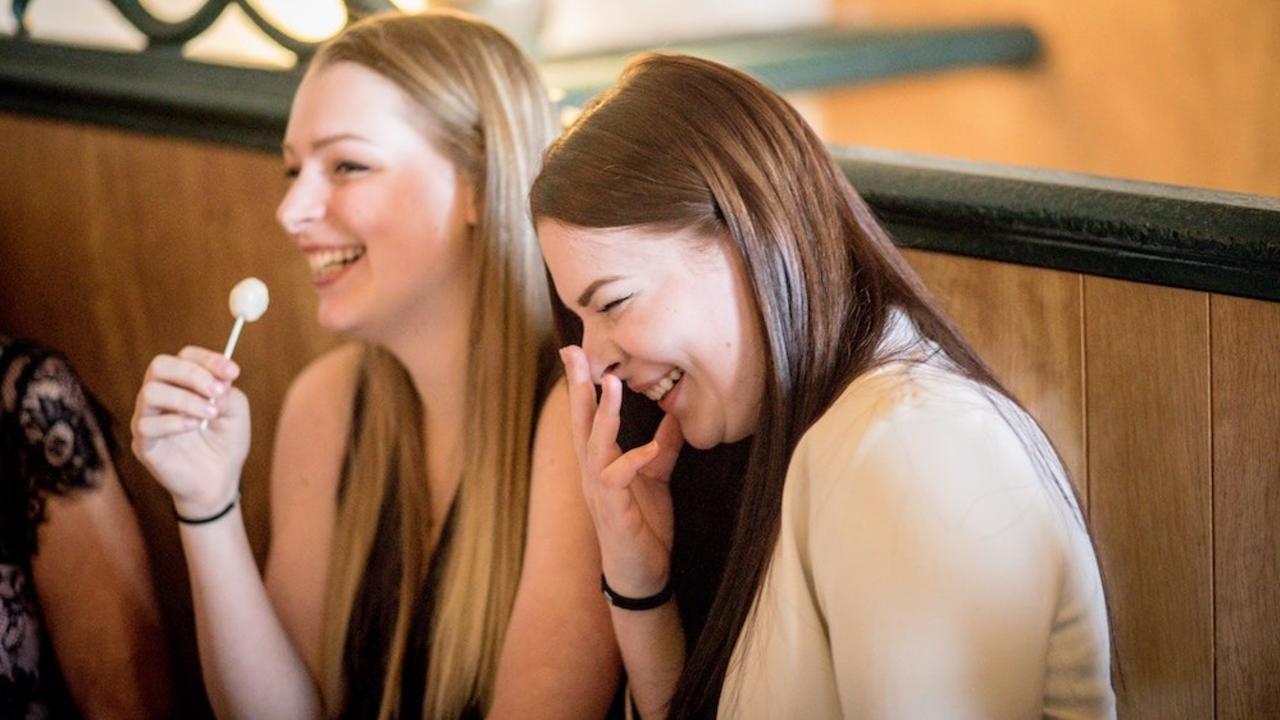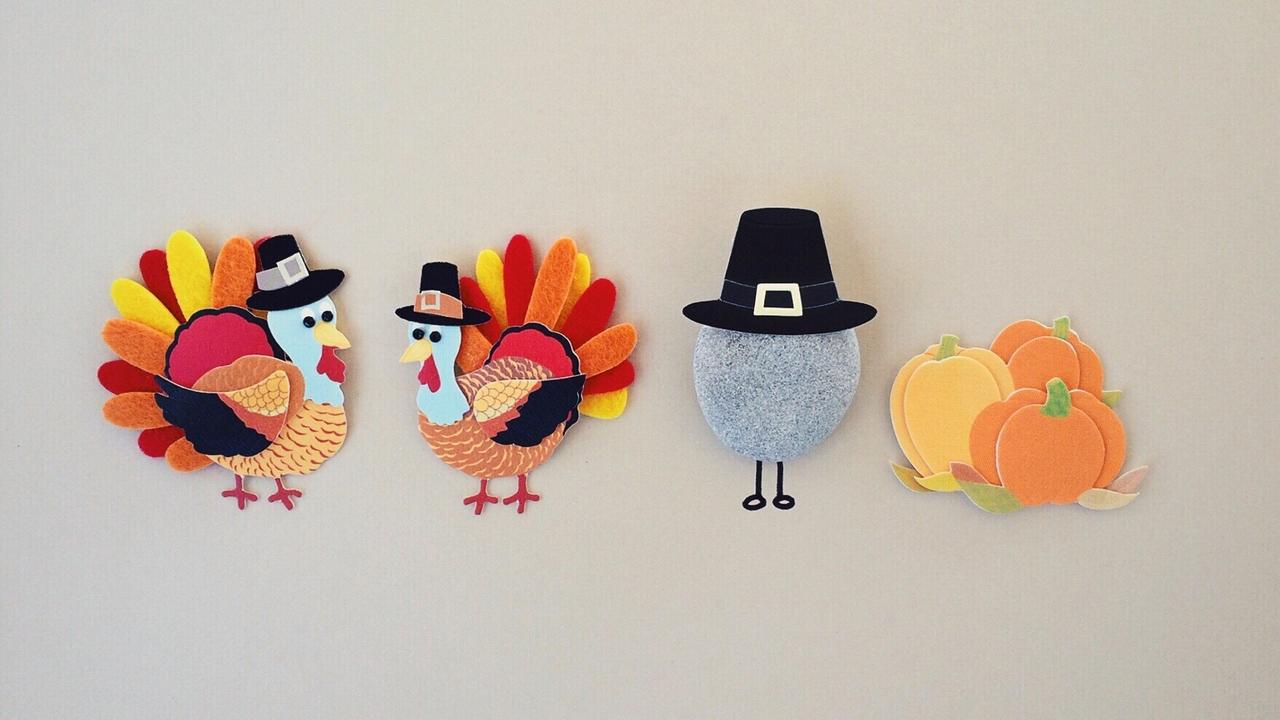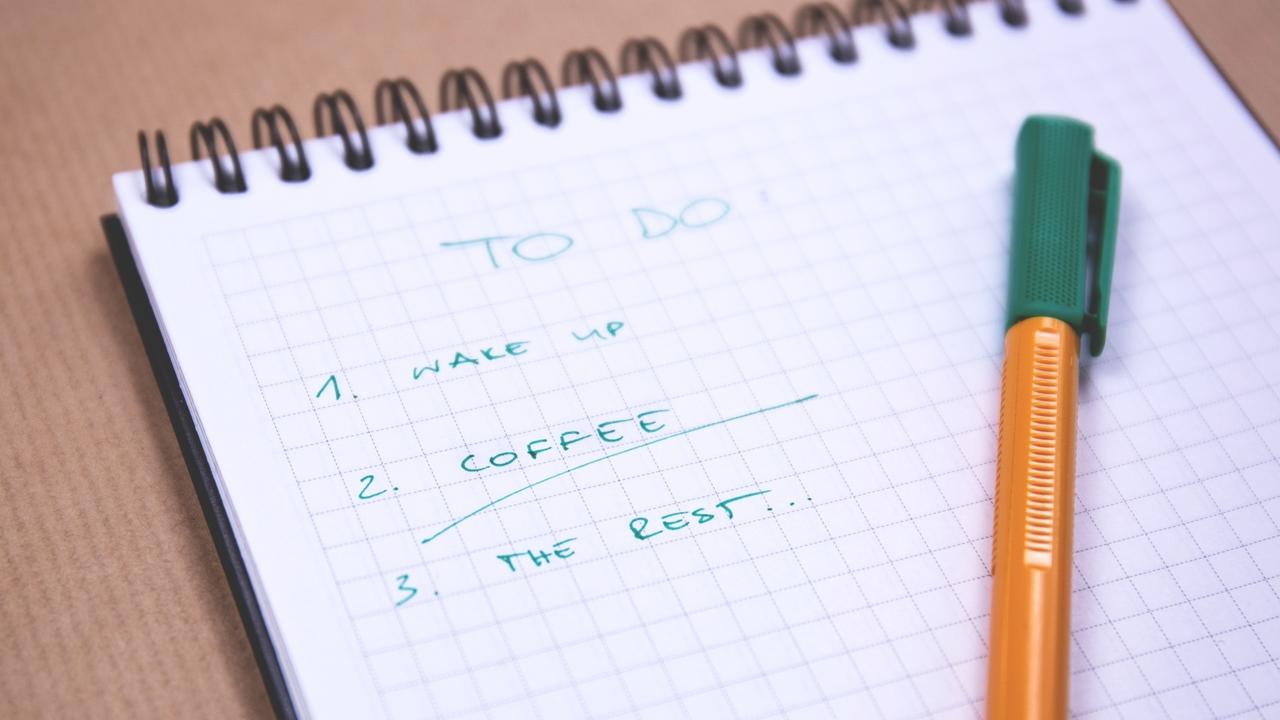Catching up with Karyn
What’s So Funny About Diabetes: A Farewell To Jim Unger

“We all think we’re so different, and we’re not.” These wise words come from cartoonist Jim Unger, who died earlier today. You might recognize his comic strip, "Herman" – the series has run in newspapers for years, and has been a reliable source of genuine (if sometimes bittersweet!) chuckles. If you’ve never had the opportunity to spend some time with Herman, I urge you to clear some time in the schedule and do so STAT!
Cartoons are a particularly powerful way to increase the amount of humor in your life. The logical part of our mind reacts to the language used in a joke, but to reach the subconscious mind – where the most powerful, primal emotions reside – you need imagery. The best cartoons combine funny language with side-splitting imagery for an intense humor experience.
And make no mistake: Jim Unger’s cartoons are among the best. They really illustrate that humor unites us. We can all recognize the people in Herman: they’re our friends and neighbors, our colleagues and co-work...
What’s So Funny About Diabetes: Humor Teaches!

I have to tell you all that I’m really pumped up. I’ve just returned from speaking to the National Association of School Nurses. They’re an amazing, vibrant group of professionals who provide top-quality health care and education. I’ve got to say they’ve caused me to reflect on exactly how much healthcare education you do when you’re a person with diabetes.
That’s right. We’re the ones who wind up doing the educating – despite the fact that the whole world is full of people who are convinced that they know more than you do about your diabetes! If you’ve ever gotten The Lecture from a well-intentioned relative who’s convinced you cure diabetes by avoiding all white foods, you know what I’m talking about.
In What’s So Funny About Diabetes?: A Creative Approach to Coping with Your Disease you’ll find useful ways to use humor to provide this education. Humor can make difficult conversations easier – that’s why you’ll often see politicians using jokes to ‘soften’ a crowd, particularly bef...
What’s So Funny About Diabetes: The Power of Storytelling

How likely are you to develop diabetes? The answer to that question can have a lot to do with what community you belong to. Diabetes is far more prevalent among some groups of people. If you are a Native person, you are 2.6 times more likely to wind up with diabetes than a non-Hispanic White person. Understanding why that happens is a long, lengthy discussion about complex social and health factors. We could do that – but let’s have some fun instead, and talk about how the Native tradition of storytelling is being used to help educate and empower people with the skills they need for better diabetes management.
According to this great article in The Kansas City Star, Rhonda LaValdo and Teresa Trumbly Lamsam were seeking a way to help combat the epidemic levels of diabetes in the Native community.
Storytelling is a traditional part of Native culture for many reasons. Stories entertain, but they also convey valuable information. You can learn a lot about people by listening to their sto...
What’s So Funny About Diabetes: What Makes the Funny Funny?

As a humor researcher, one of the things I’m passionately interested in is the logistics of humor. I want to know what makes something funny. What is it about a joke, silly song, cute cartoon, or comedian’s routine that prompts us to laugh?
This isn’t idle curiosity. If we can identify the essential elements of humor, then we can take proactive steps to introduce those elements into our lives and enjoy more laughter. More laughter means better blood sugar control, lower blood pressure, and more effective stress management – good news for all of us!
One thing that makes the research challenging is the fact that there’s no one universally accepted definition of funny. We don’t all find the same things humorous. Take a show like America’s Funniest Home Videos – a program composed almost entirely of embarrassing moments, pranks, pitfalls, and painfully bad ideas. Some people watch a would-be daredevil ride his bike off of the roof into the shrubbery and find the sight hysterically funny...
What’s So Funny About Diabetes: Learning How To Laugh

"Real laughter has always been something that I seem to struggle with. I can’t remember the last time I laughed so hard I almost cried…or had such a deep laugh that my belly hurt. I grew up in a house where there wasn’t much laughter and feel like I didn’t learn this behavior. Any thoughts or suggestions?"
I get messages like this one more often than you might expect. Many people have been raised without humor and laughter playing an important role during their formative years. There are a number of reasons why this can happen. Different cultures, and different families, place a different premium on the value of laughter.
An article by Helen Dennis provides a great example:
“My parents were immigrants. Work was a way of life in order to make it in America. To waste time was almost sinful. Play was an indulgence that was not acknowledged and never rewarded. My parents did not have time for it. It is still difficult to divorce myself from these childhood values. My sister continues to...
What’s So Funny about Business?

You might not have an immediate answer to that question. Business is hard work. Owning and operating a business can consume your life. Working for somebody else – whether that’s in operations, marketing, hr, or the dreaded accounting division – isn’t necessarily a piece of cake, either. We devote tremendous amounts of time, energy, and resources to our work because so much depends on being successful.
Surely this is no laughing matter.
Laughing is the best thing you can do. We’d even argue that you have to laugh if you want to succeed. Don’t believe us? Just ask the people at Southwest. Their uniquely humorous approach has earned them significant goodwill and provided them with a valuable differentiator in a crowded and competitive marketplace.
You see, it turns out that the strategic use of humor is one of the single most important tools businesses have at their disposal. The ability to use humor:
- effectively attracts more customers to your brand, increasing market share and ...
What's So Funny About Diabetes?

It’s the most wonderful time of the year – no, not the time we get to break into Santa’s stash of sugar-free candy canes (although that’s pretty awesome too!) It’s book release season! I’m super excited to tell you that my latest book, What’s So Funny About Diabetes? A Creative Approach to Coping With Your Disease is now available!
What’s So Funny About Diabetes?
Maybe nothing. Then again, maybe everything.
Especially if you understand the premise that so much of our humor comes from pain and discomfort—our own, or somebody else’s. And let’s face it; if you’re a diabetic, you’ve got more than your fair share of pain and discomfort.
Currently one in 10 US adults has diabetes, but those numbers could go as high as 1 in 3 by the year 2050. A long-term solution can only come from getting people to change their lifestyles: better diets, exercise and coping mechanisms to deal with this serious illness.
The good news: Humor and laughter have been shown scientifically to have positive ben...
What’s So Funny About Wednesday: Happy Thanksgiving!

Happy Thanksgiving to one and all! I’d like to wish every person reading these words a wonderful Thanksgiving. May your holiday be a wonderful celebration with family and friends – and of course, some great laughs!
Thanksgiving is a time for reflecting on our blessings. This year, we’ve had lots of blessings (and a few blessings in disguise). We’re grateful for *most* of them and for *everything* we’ve taken away from the experience. Most of all, it’s you we’re thankful for. Without such great people to work and laugh with, the world wouldn’t be such a fabulous place.
Using Humor At Thanksgiving
Are you headed for a holiday dinner where younger children will be present? Try memorizing a few silly Thanksgiving riddles. You’ll be giving the kids something to laugh about, keeping them entertained (and out of trouble!) and it may just turn out that their good mood is infectious.
(Our favorite? Why did the police arrest the turkey? They suspected it of fowl play!)
Happy Thanksgiving to...
What’s So Funny About Poop? Using Humor in Health Education

It’s no secret: I believe in the power of play. When we set aside our serious resolve and a little bit of dignity in order to have a good time, we free our minds to absorb information in a fresh and effective way. Play awakens the imagination and the intellect. “Humanity has advanced,” Tom Robbins said, “when it has advanced, not because it has been sober, responsible, and cautious, but because it has been playful, rebellious, and immature.”
That sense of play is on full display at the Children’s Museum of Manhattan. Check out this NY Times Article, “Where Children Discover Their Inner Child.” Eat, Sleep, Play: Building Health Every Day is an interactive exhibit that harnesses the power of play to teach children about their bodies, and what they can do to stay healthy. The exhibit includes the Royal Flush, which uses an oversized toilet and Mary Poppins-style voice to talk about bodily functions. As you can imagine, it’s a big hit. Kids find poop inherently humorous. (A trait they sh...
What’s So Funny About Wednesdays: Adding Humor To Your Daily Routine

When we talk about using humor to help more effectively manage chronic health conditions like diabetes, people often protest that they’re just not funny people. Luckily, it’s more important to be able to SEE funny than it is to actually BE funny.
Recognizing humorous moments throughout the day gives us a chance to enjoy them —and all the positive physical and mental health benefits humor offers. If you want to use humor to more effectively manage your diabetes, you can start by searching for humor in your environment.
We live in a funny world. We’re surrounded by humor, both naturally occurring and man-made. Children are experts at finding humor. They love to laugh, and will eagerly seek out experiences that they find funny. The problem is that as we get older, our lives become so very, very busy that we don’t even have the time to stop and appreciate the funny moments. We’re so busy that we don’t even realize we haven’t been laughing. It’s essential to re-develop our childhood...

